Taca: The Traveler
Date: May 10th to Jun 22nd
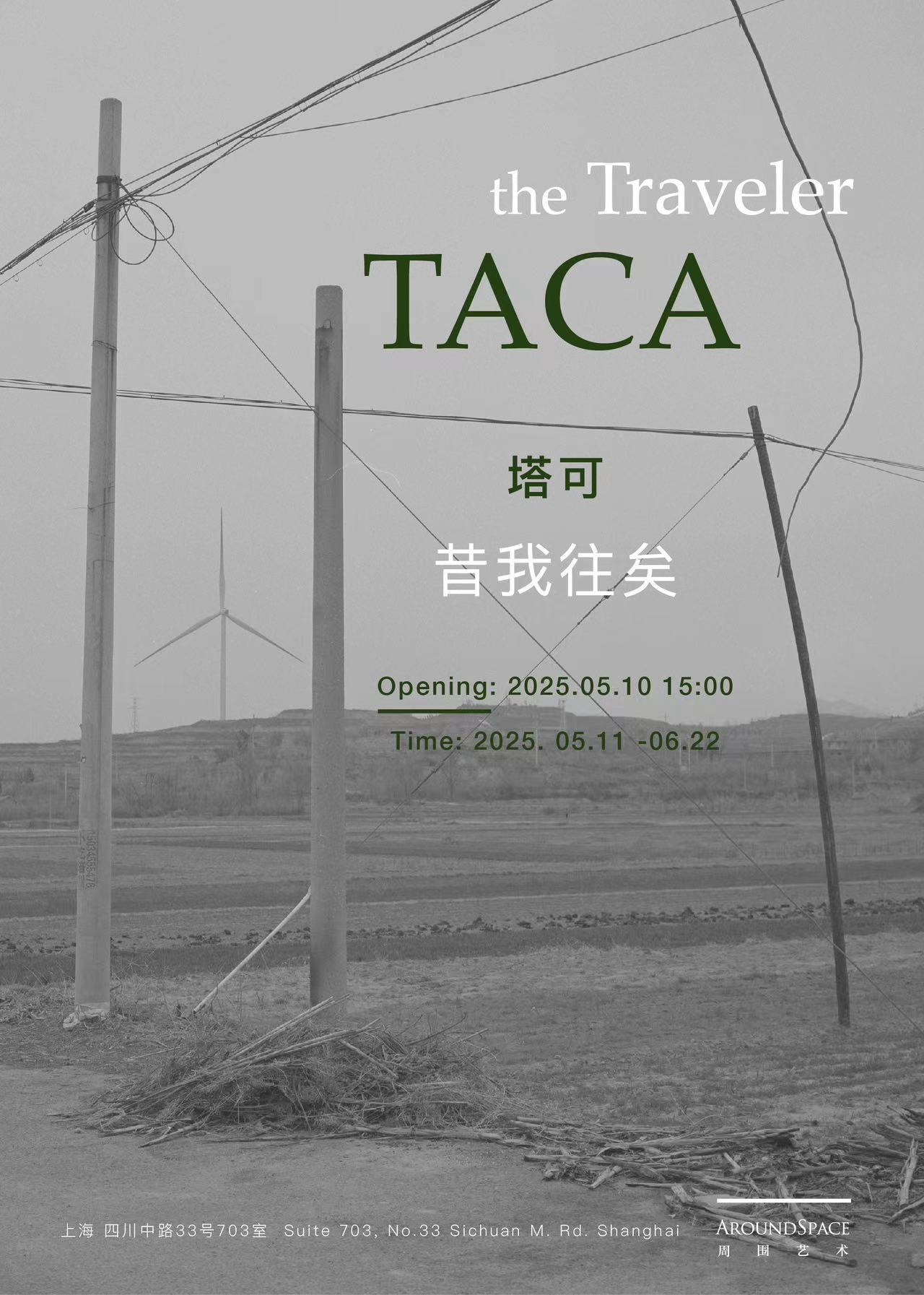
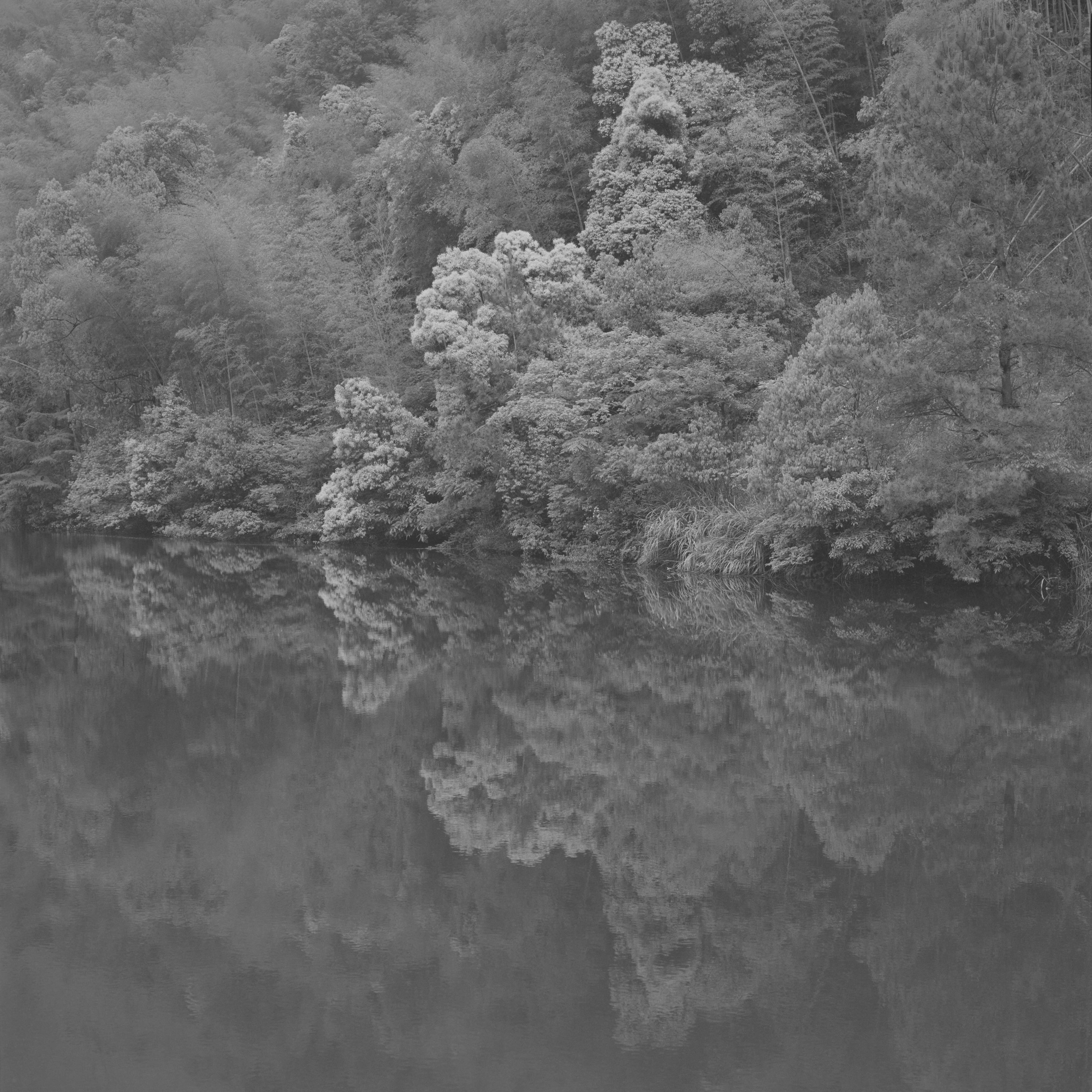
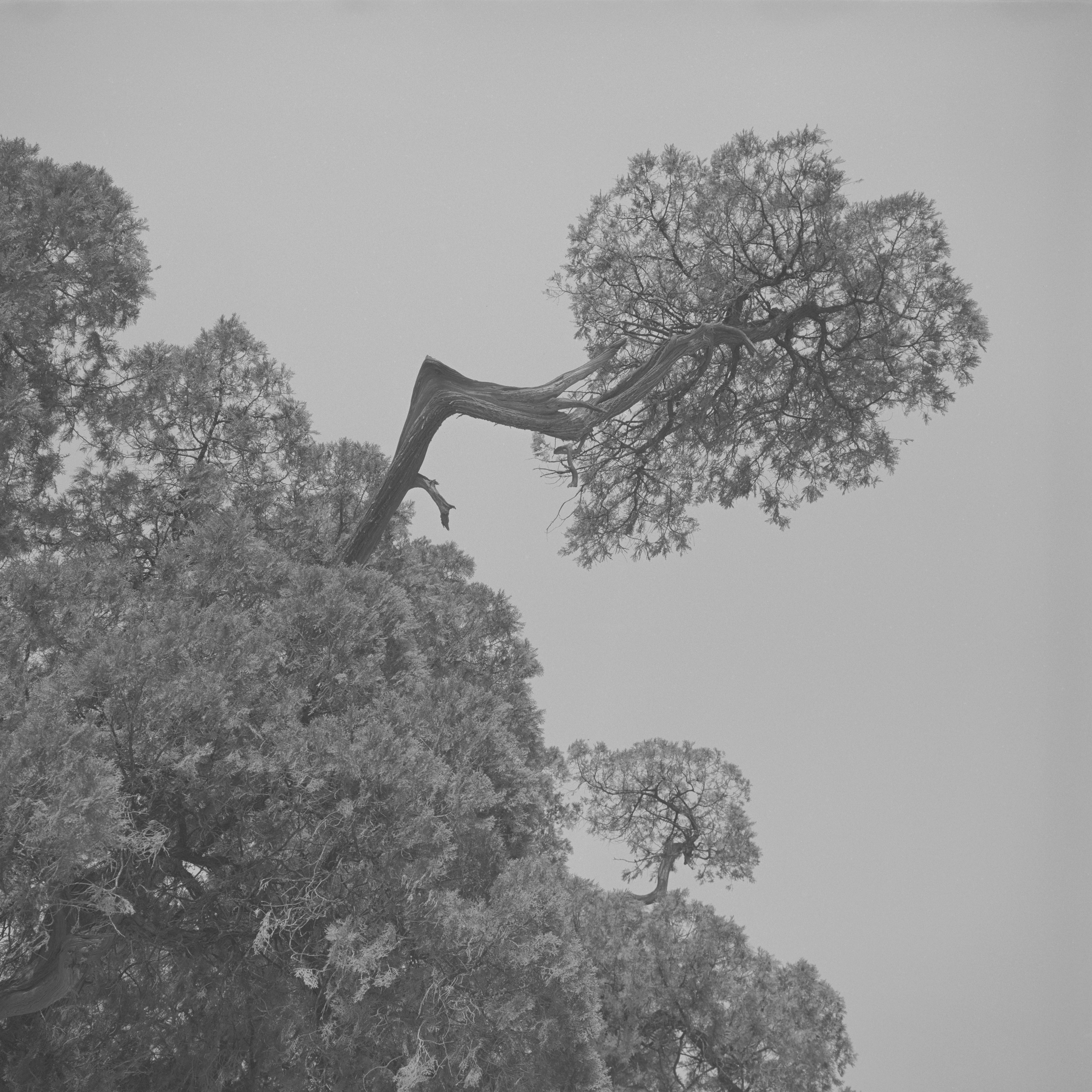
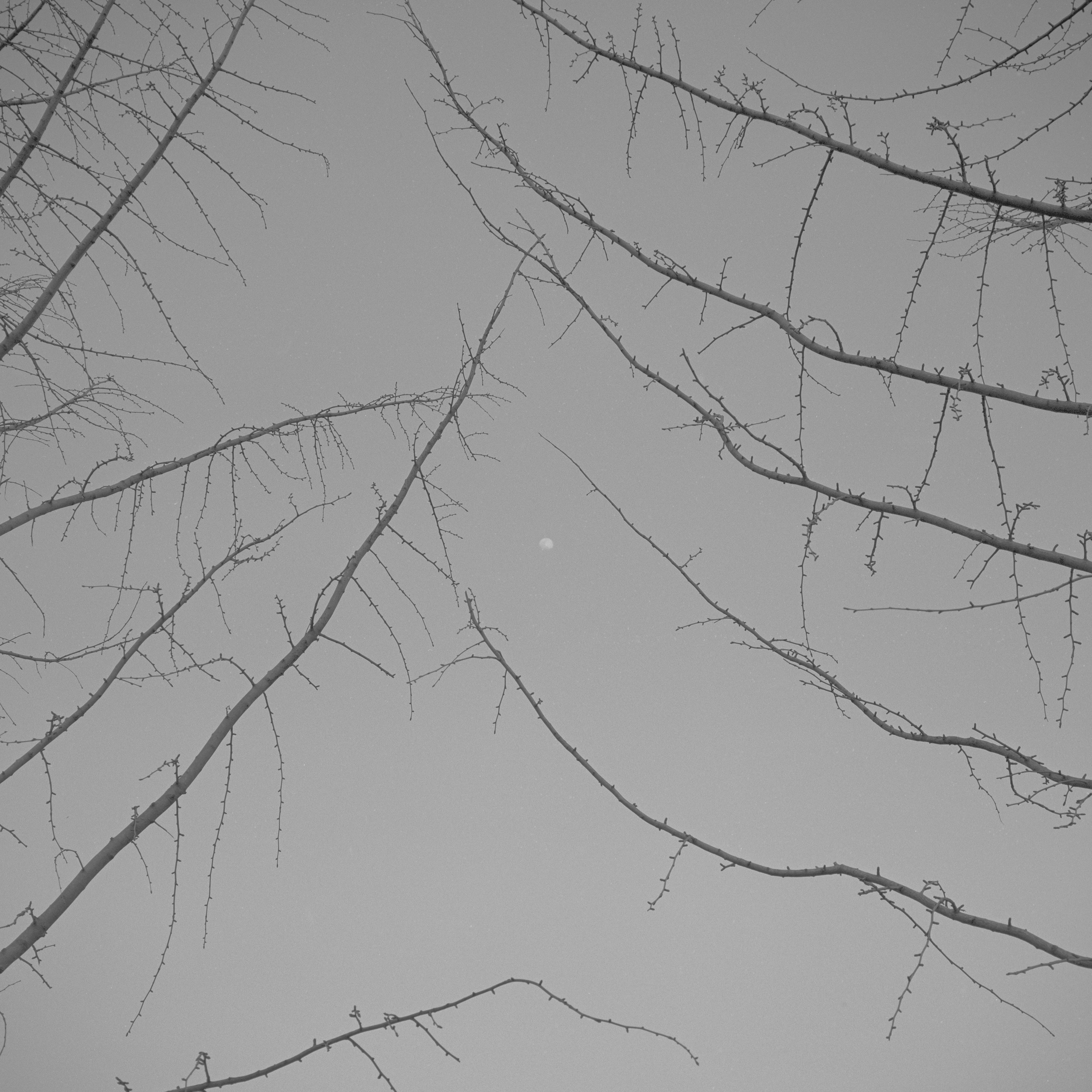
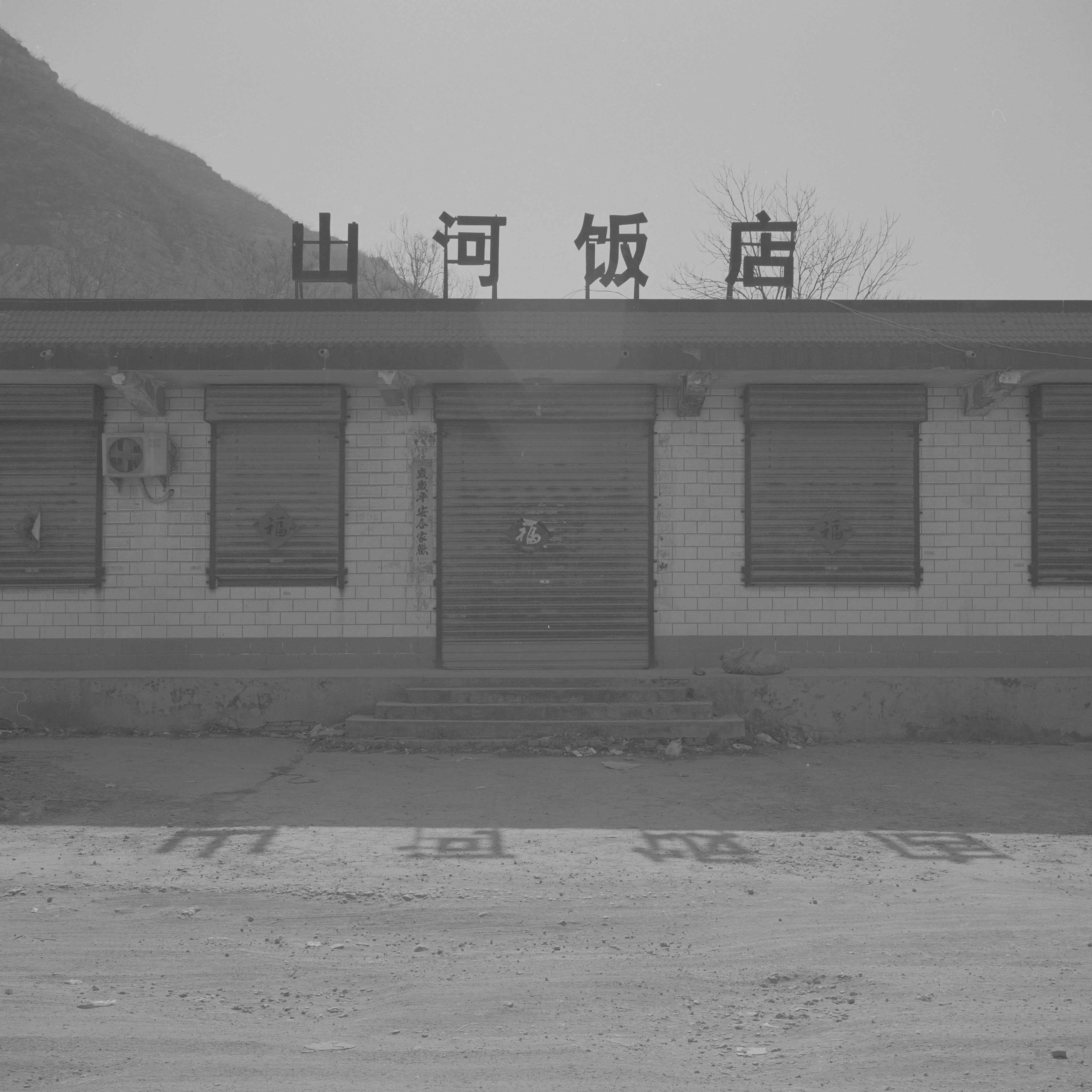
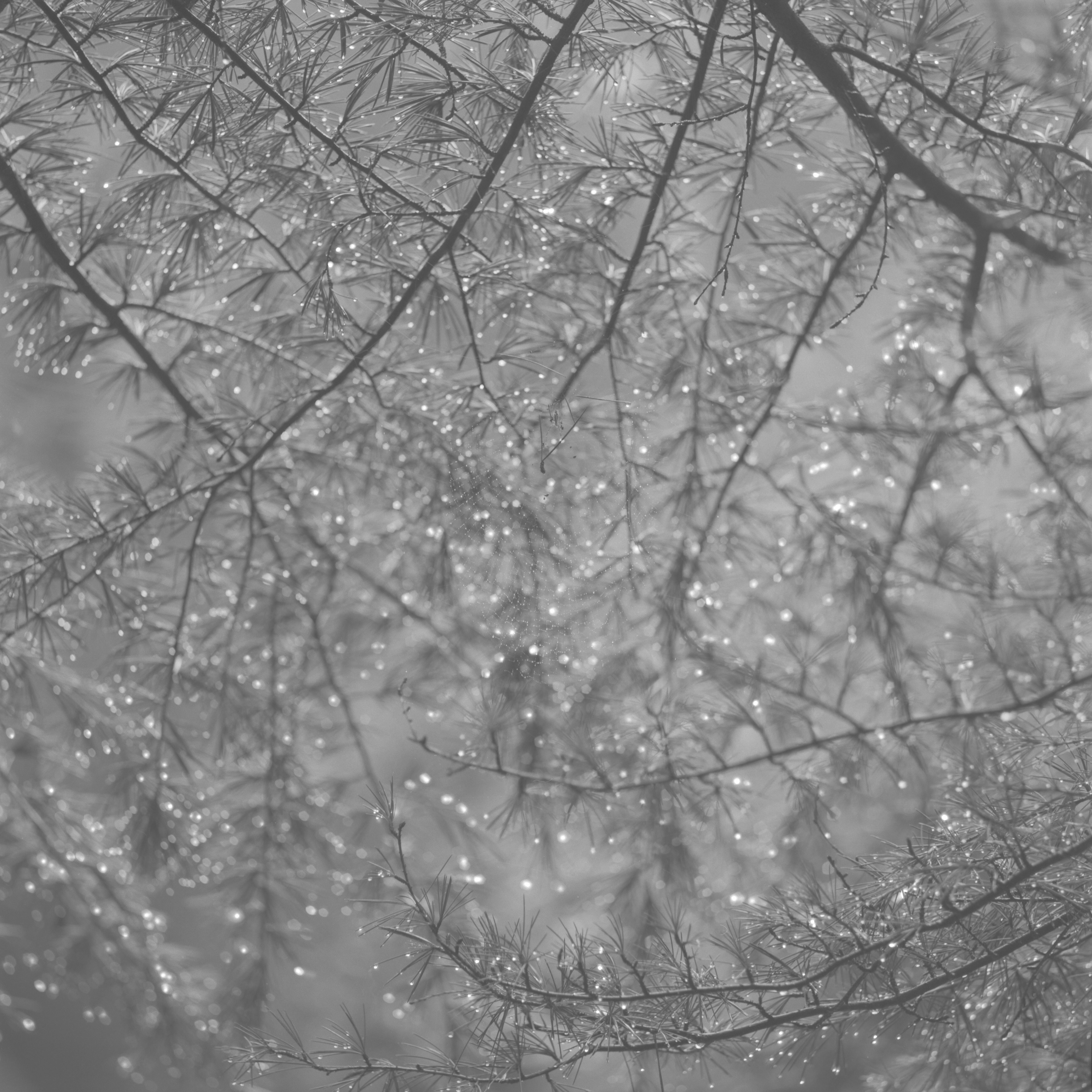
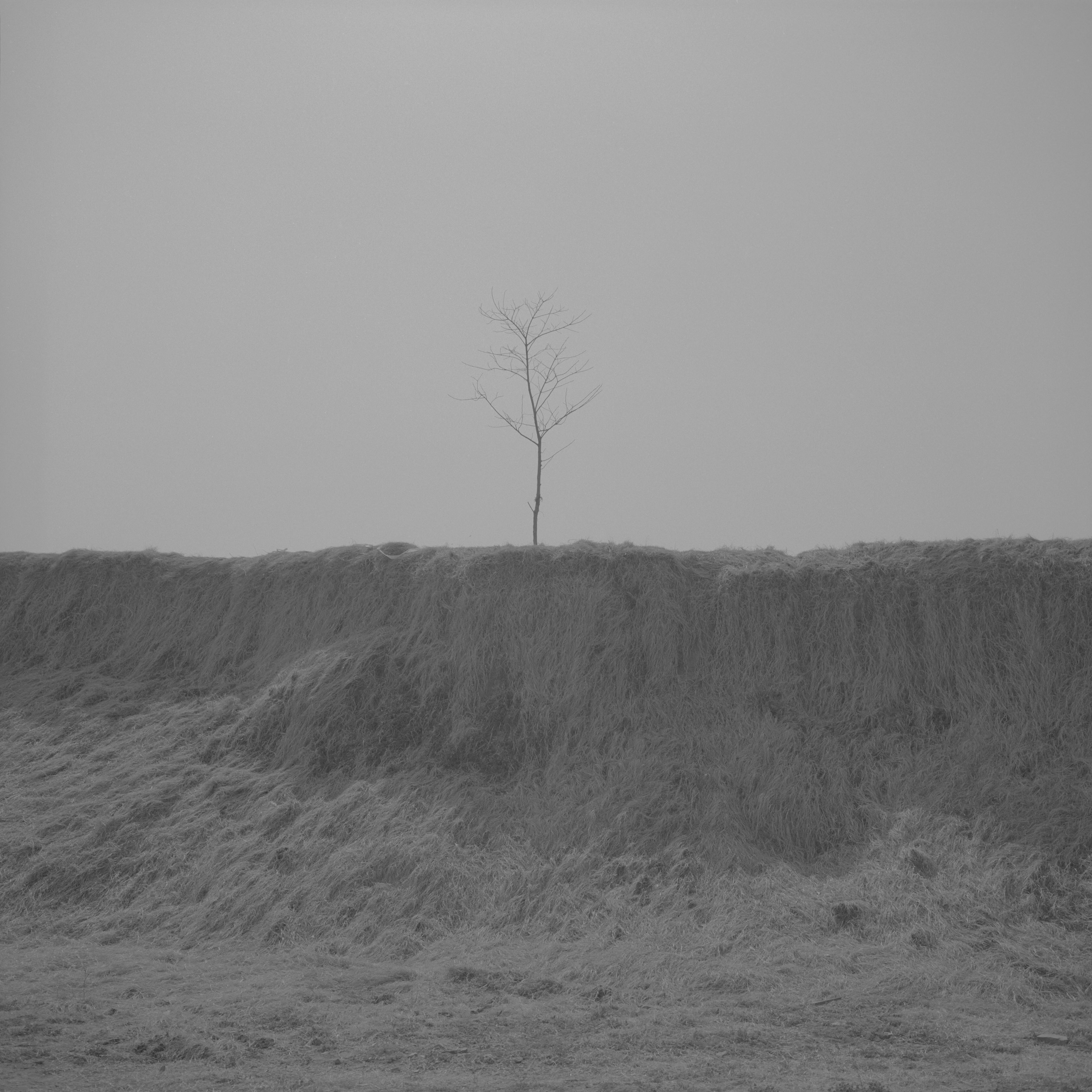
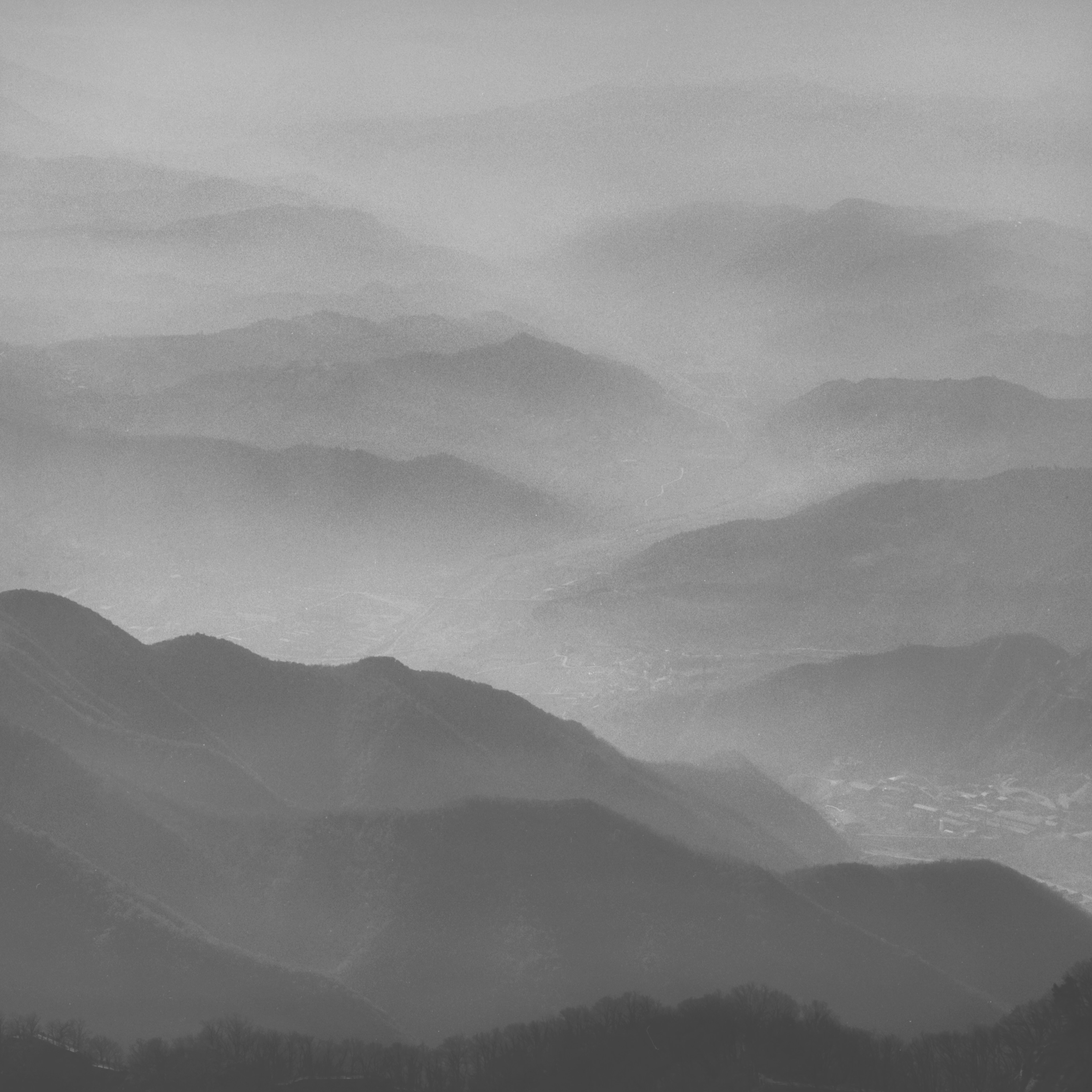
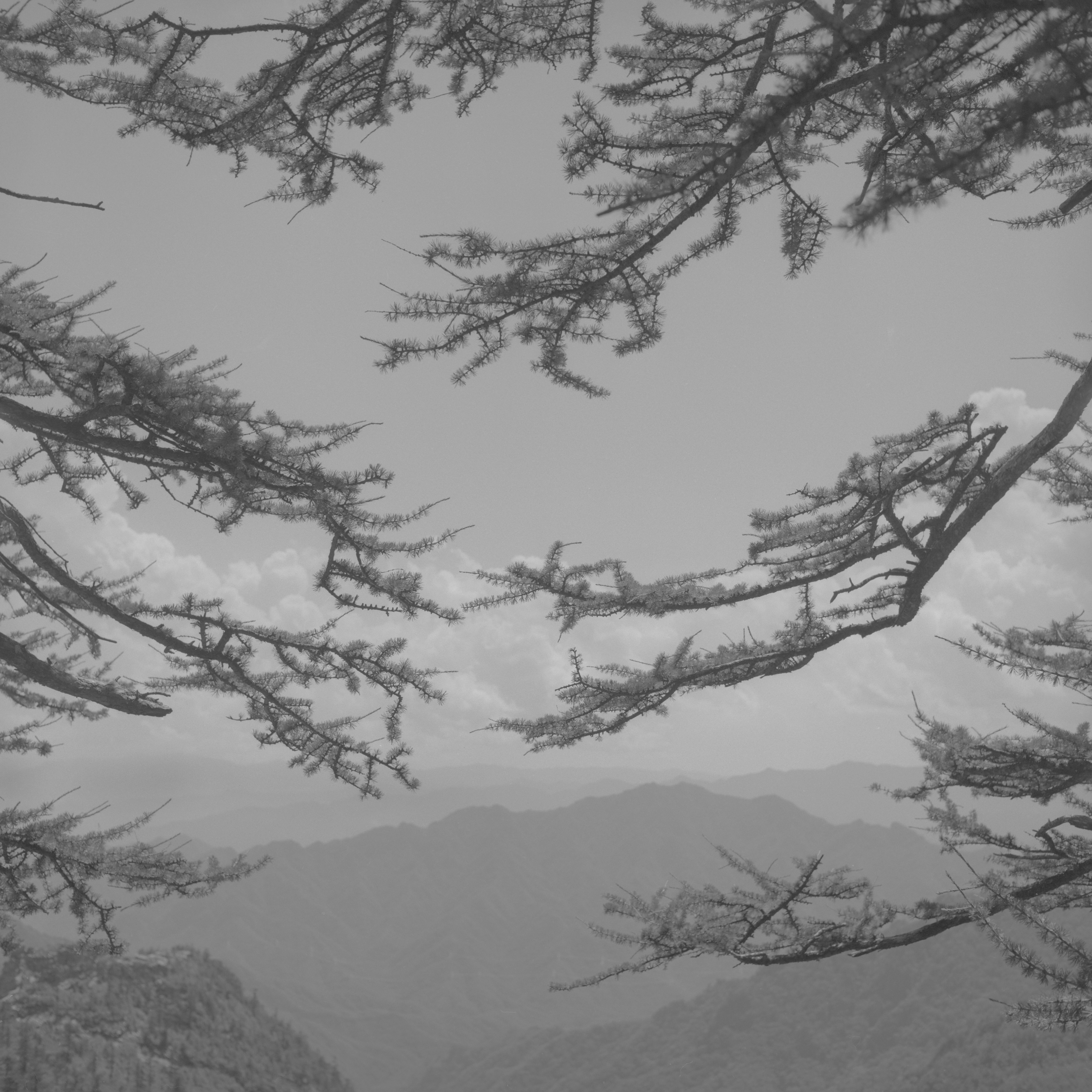
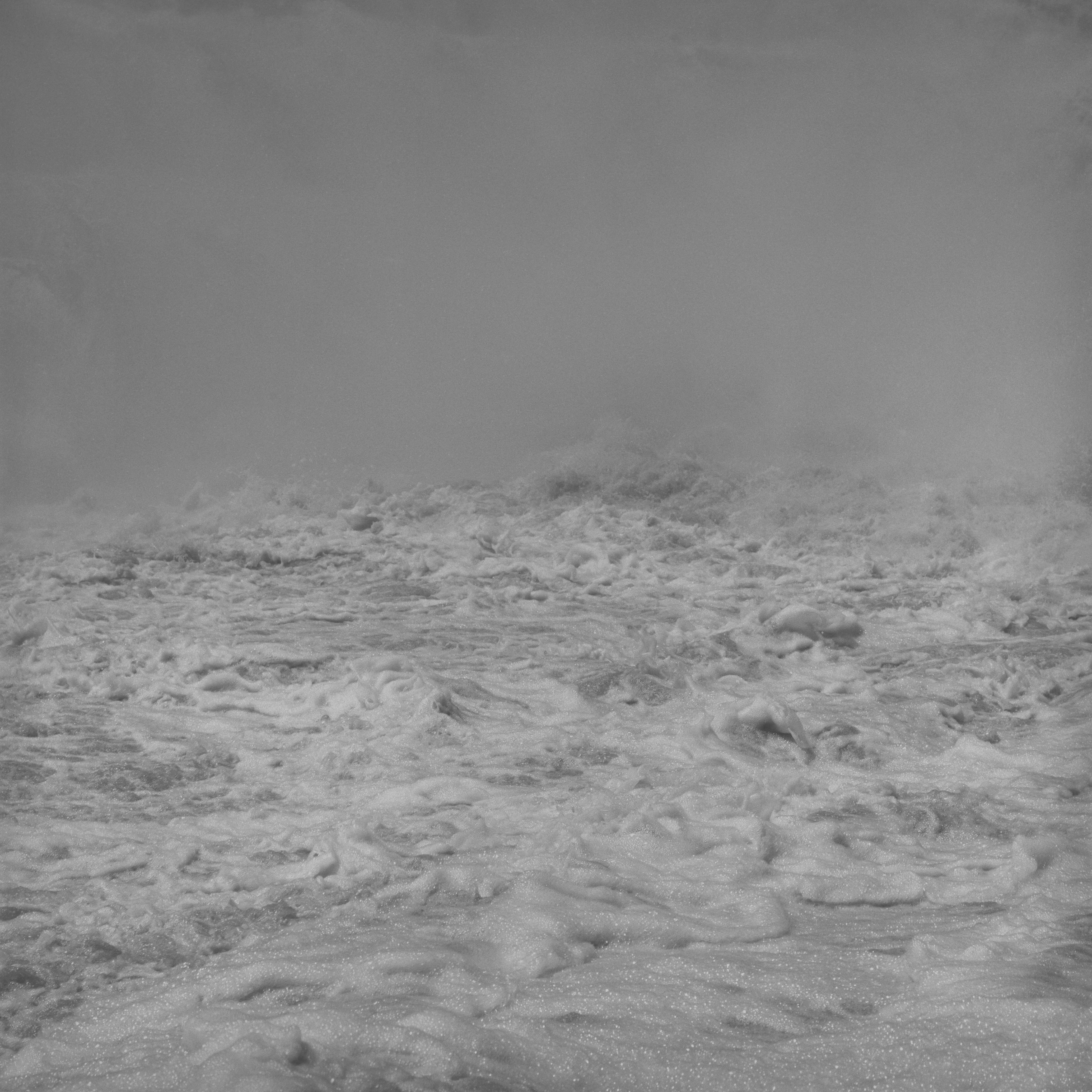
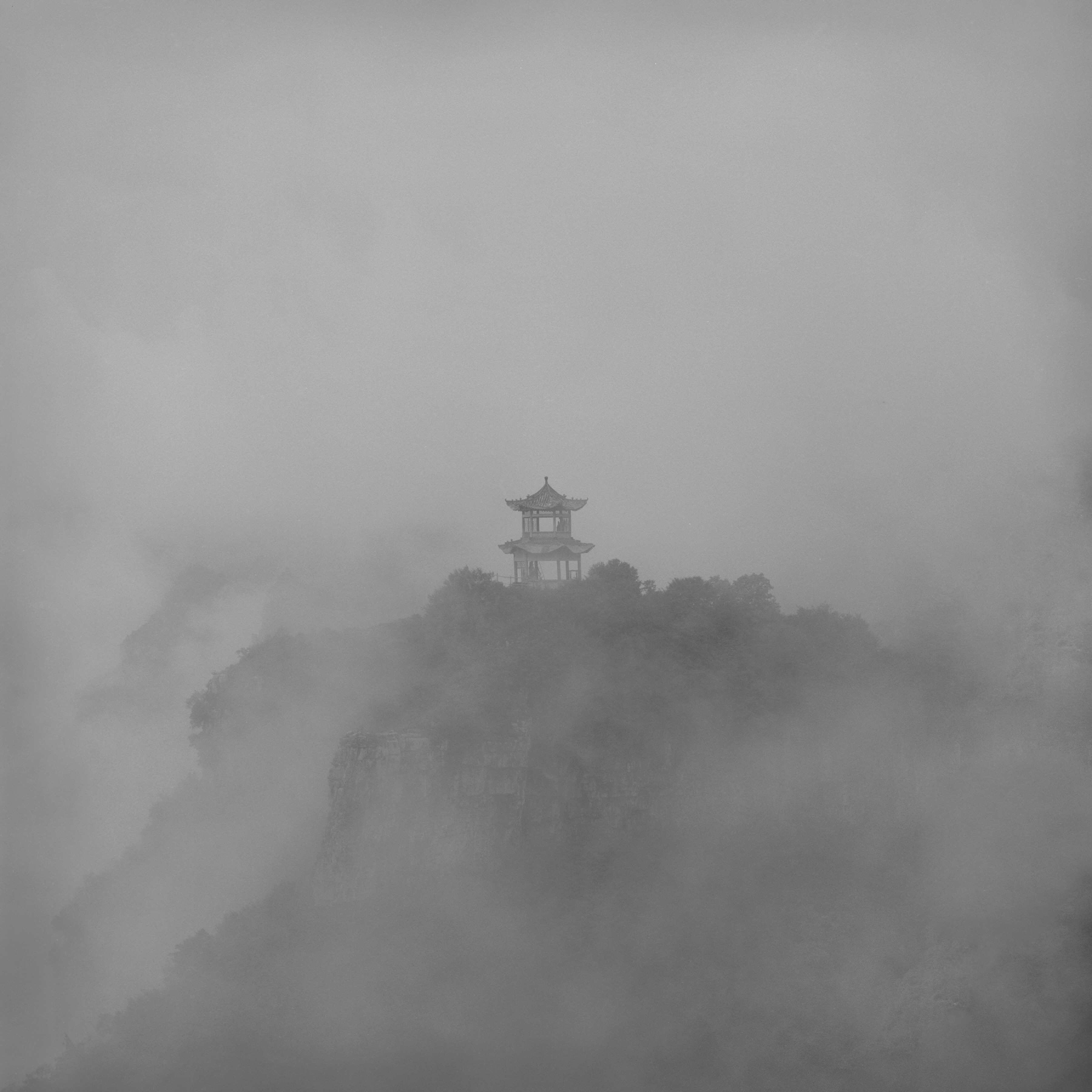
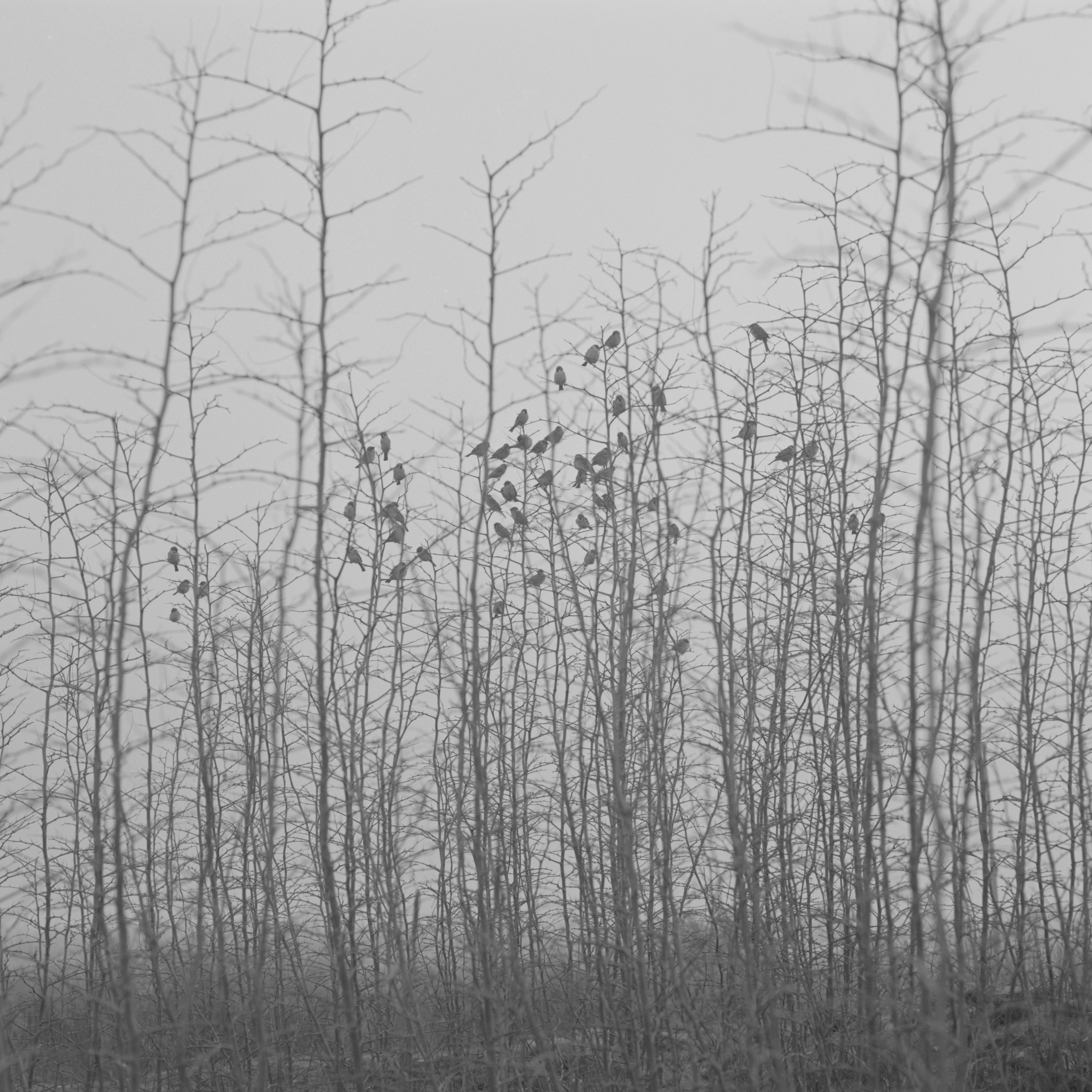

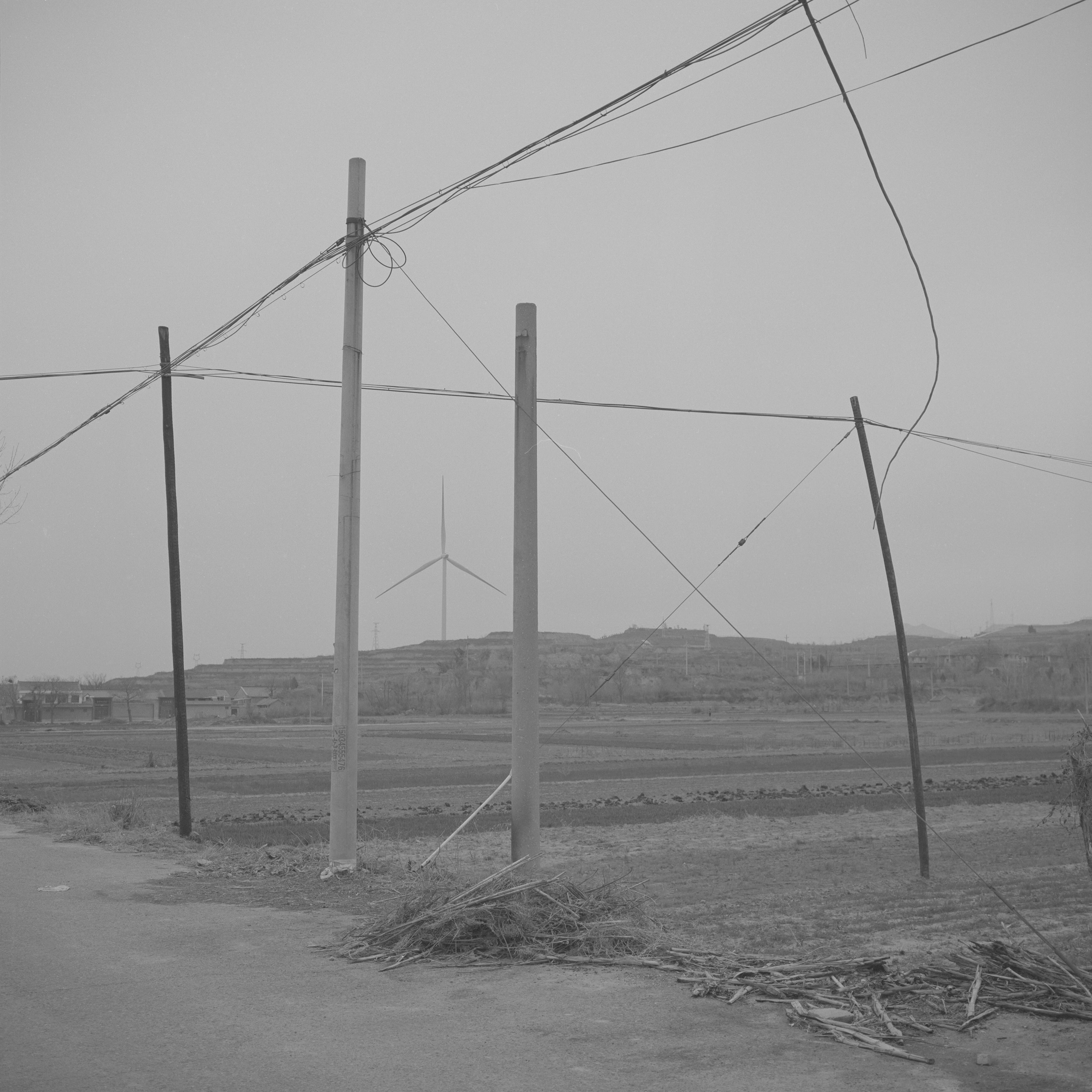
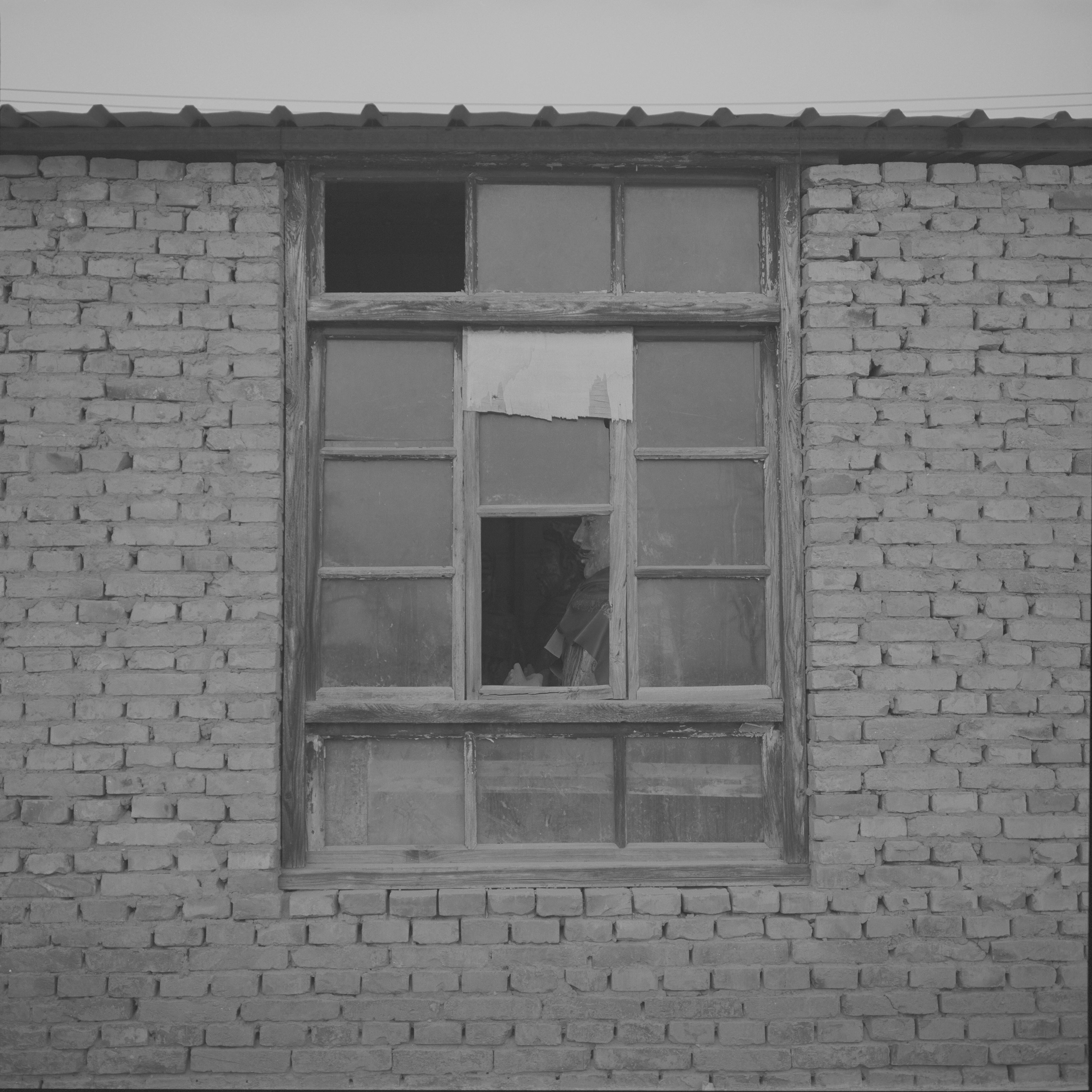
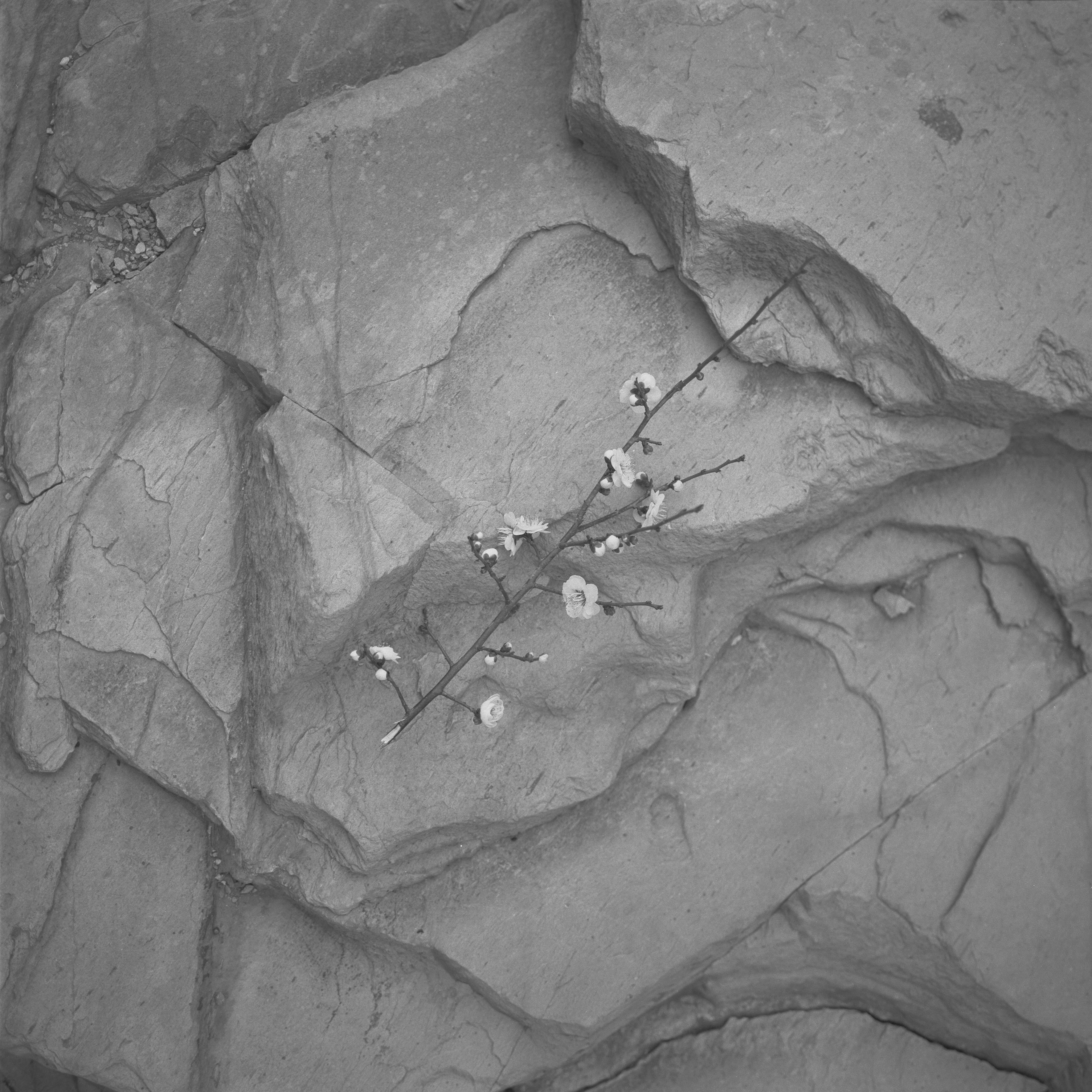
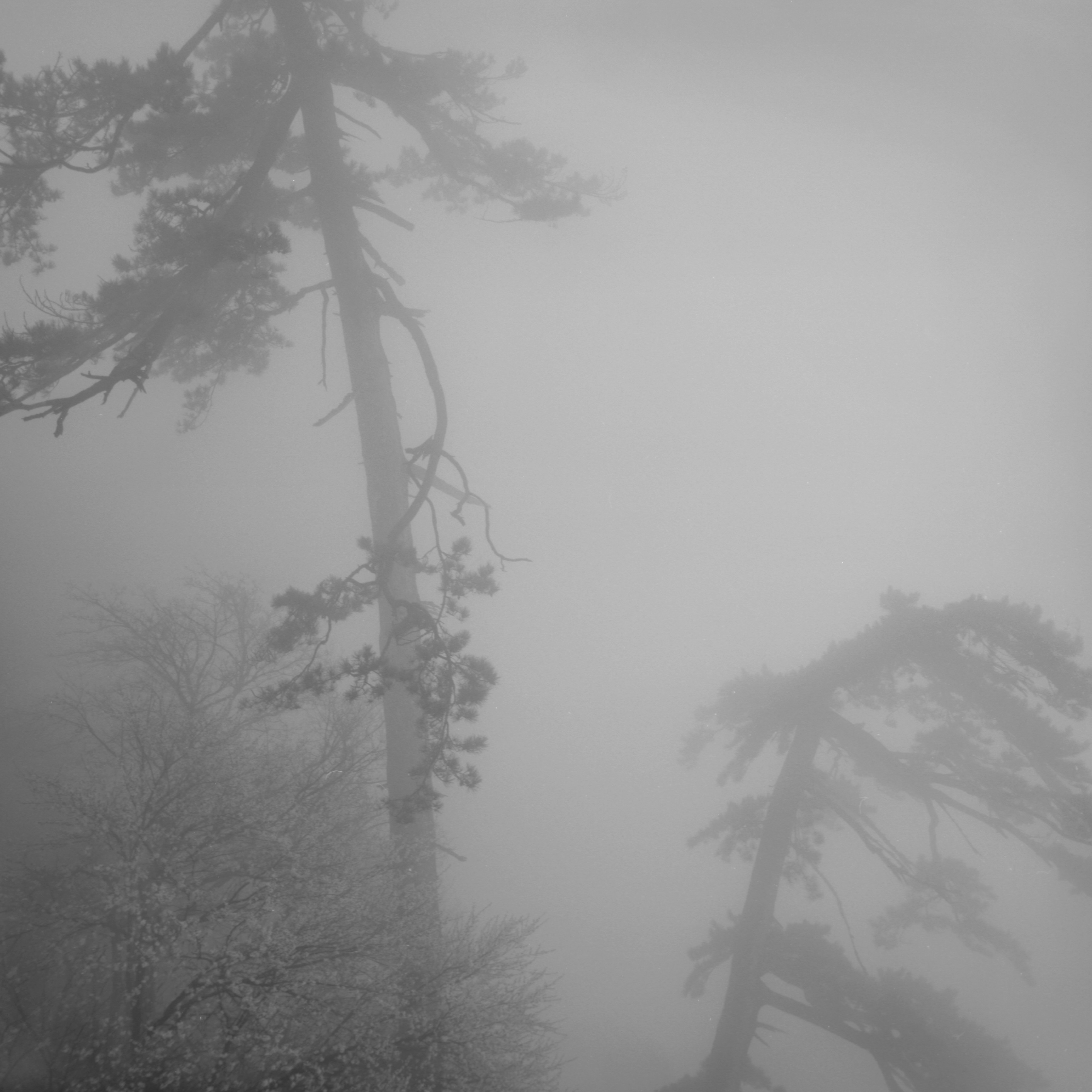
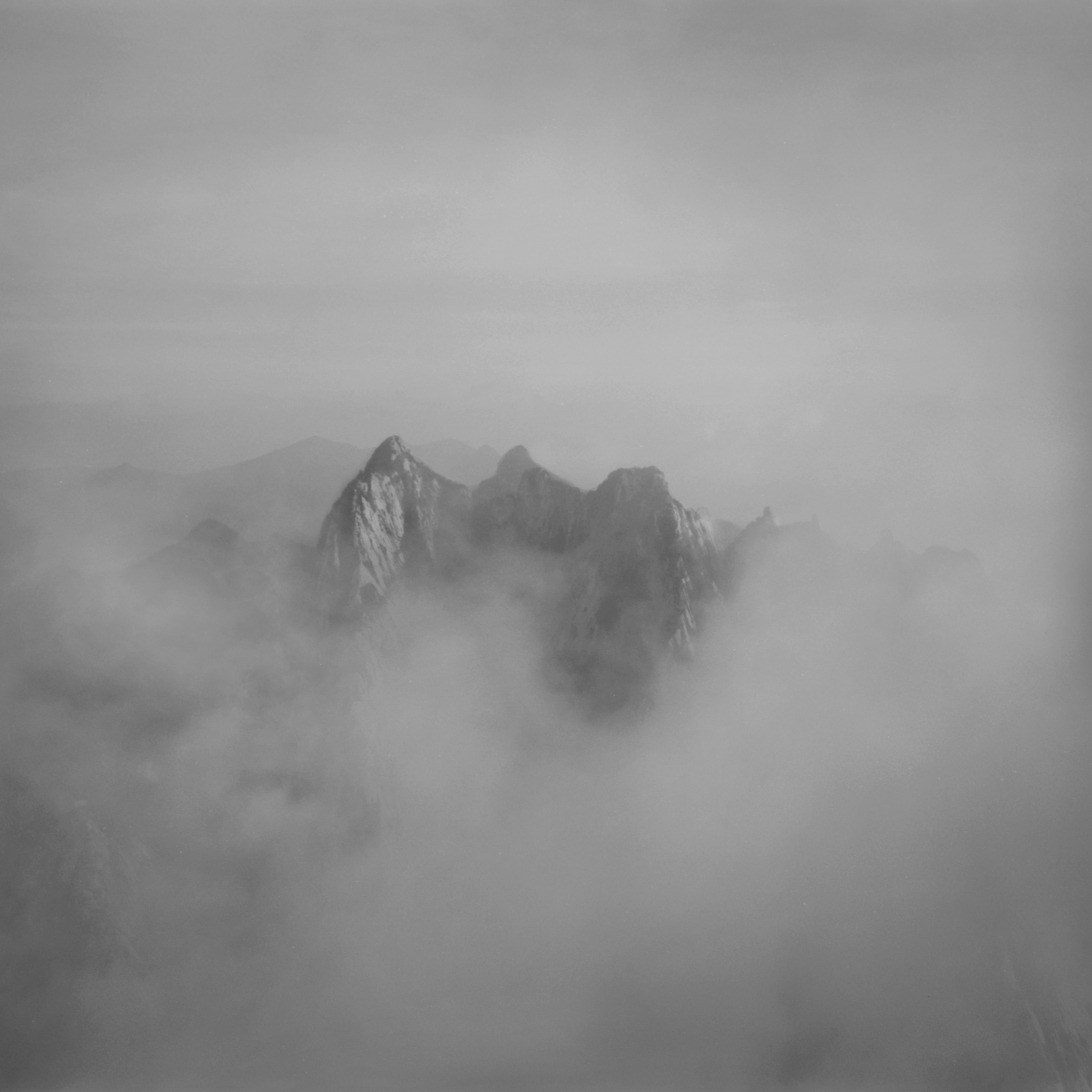
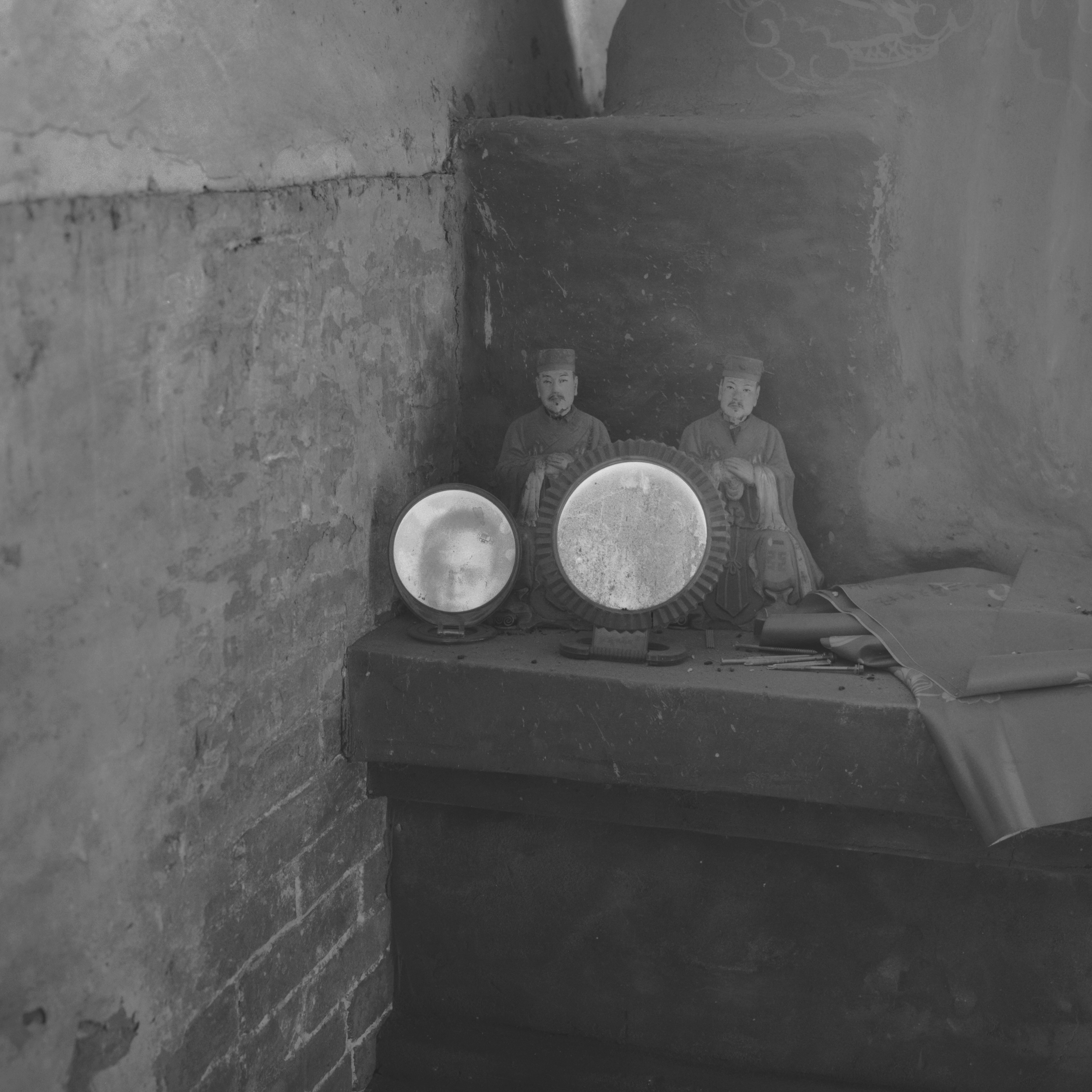
When I set out so long ago
Fresh and green was the willow
When now homeward I go
There is a heavy snow
--- Cai Wei, Decade of Lu Ming, The Book of Odes, translated by Wang Rong Pei
Taca is a traveler between time and topography, classics and contemporary, who presents thousand-year lasting Chinese aesthetics and an artistic legacy with the most immediate medium, photography.
AroundSpace Gallery is honored to present artist Taca Sui’s solo exhibition, Taca: The Traveler, in the spring of 2025. The exhibition will showcase Taca’s new works in the Odes theories that he has been working on for more than a decade, as well as other works from the Grotto-Heavens and Steles – Huang Yi Project series.
The Odes series originated from the artist’s own curiosity as early as 2009. Taca stated that he read the poetry of the Book of Odes[1] and became very interested in the soils and surroundings where these beautiful poetries were created, and he “want(s) to visit these places, after 2,500 years, finding out what they are like in today’s world.” The songs in the Book of Odes are the childhood voices of Chinese culture and the essence of Chinese aesthetics. The Odes series is a dialogue of more than a decade between Taca’s unique contemporary photography vocabulary and two millennia of romanticism and patriotism. The new photographic works in this exhibition extend Taca’s most original idea and exploration.
From its inception, the Odes series has caught attention from institutional and individual collectors. In 2014, the Metropolitan Museum of Art in New York collected dozens of photographs from the Odes series, and included them in a highly acclaimed special exhibition, The Art of the Chinese Album in the same year.
Taca treats such a romantic and idealized subject matter with an extremely meticulous, even scientific approach. He spent a great amount of time studying ancient and classic texts, discerning the true information from numerous commentaries written by later intellectuals. He also travelled to regional and rural places in the heartland of China where these poems were collected, bringing back the long-forgotten objects and landscapes to the viewers’ sight.
The most important literary technique the Book of Odes employs and excels at is Xing[2] (evocation), which draws associations between a tangible image, sound, or object and an abstract or implied meaning or feeling. No one can readily tell the logical connections between singing fish hawks and the gentle maiden and her suiter[3], yet it does not prevent the poet from creating a song with a metaphor, arousing the reader’s imagination and conveying a poetic message through imagery. Taca’s Odes series is not simple illustrations of the Book of Odes, but the continuation and re-construction of its creative spirits in a different medium. His photographs adopt the Xing method, connecting seemingly unrelated images and abstract meanings or feelings, which often presents monumental characteristics through the finest details. The titles of his works reveal this method perfectly. A few scattered electric poles in a deserted field, some wind turbines and obscure mountains and houses in a distance, are named Under Mount Shouyang[4]. Indeed, Mount Shouyang still exists in today’s world, just in a different form. Mountains and Rivers, another photograph, depicts a modest country restaurant, which has a grand name as Mountains and Rivers Restaurant, seems absurd yet sad. Jujube Trees in the Garden, Lights of the Moonrise, and Do not Bend remind us that the 2,000-year timeframe can be obscured even in the process of the evolution of nature. Willows or grass, these plants are the same as in the time when they were described in the Book of Odes, barely changed. They seem to be waiting quietly for all this time and only being seen by the viewers through Taca’s lenses.
Taca treats such an ancient and enduring subject matter with the most advanced and contemporary techniques and materials. He was exposed to cutting-edge photography technologies and ideas at the Photography Department of the Rochester Institute of Technology, which is known for its strict professional training and education. Taca uses the Platinum Print, which is one of the most durable photographic processes that creates a subtle gradation of grey tones that invites the viewers to come closer in order to enjoy the delicate layers of the image. His photographs have the most stable quality and can maintain their tones for as long as the photographic paper exists. Perhaps in 2,000 years, Taca’s work will arouse another artist’s curiosity just as the Book of Odes did for Taca.
Also included in this exhibition are the Grotto- Heavens and the Steles-Huang Yi Project series, which are the brainchild of Taca’s research and examination of other classic texts and legacy. For Taca, history and tradition are the witness of civilization and culture and the preservation of modern souls, not an old bottle to be filled with new wine, or a cloak under which one can hide. Taca intends to remind us that classic canons are not lost in dusted paper but are perpetuated in our collective memories and identities, always accompanying us, having never left.
Taca is a traveler. Classic texts are his starting point and images in his photography are his destination. His art revitalizes and echoes thousand-year-old beauty of poetry. In today’s era when everyone desires speed and quick success, when everything can be pre-made or streamlined, Taca’s art appears to be effortless and graceful, but it is accomplished with considerable labor. “The most solid foundation is the origin of the loftiest ideas” (Zhang Dai, 1597-1869). Taca’s art is sublime and delightful, full of independent spirit and intellectual dignity thanks to his scrupulous research and strenuous journey; it reaches an unattainable depth and breadth which will not be replaced by any artificial intelligence product. It is his honesty and candidness that brings his art unique aesthetics and timeless value.
[1] The Book of Odes, also known as the Book of Songs, or the Odes, is the oldest existing collection of Chinese poetry, comprising 305 works dating from the 11th to 7th centuries BC. (Wikipedia)
[2] Xing, a Chinese character, which has the meaning of to begin, to raise, to lift, to arouse, to excite, to incite, or to make joyous.
[3] Fish hawk, the first song from the Airs of the States, the Book of Odes.
[4] Mount Shouyang, a mountain that was frequently mentioned in classic Chinese texts but has no exactly known location.

